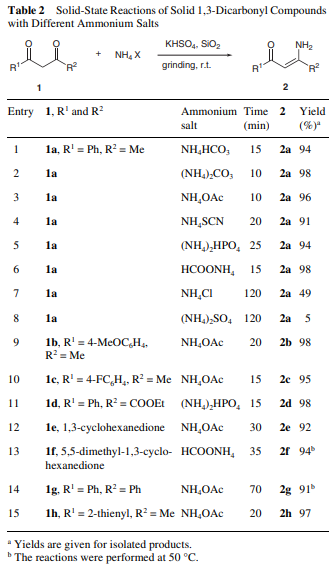It is well known that 1,3-dicarbonyl compounds are key intermediates for the synthesis of various heterocyclic compounds that, in turn, are one of the most important components in medicines and natural products.

A 1,3-dicarbonyl compound is a molecule that contains two carbonyl groups (C=O) separated by one carbon atom. These compounds can be synthesized using various methods, and I'll outline a few common approaches:
1,3-dicarbonyl compounds have a wide range of applications in both organic chemistry and various industries due to their versatile reactivity and the presence of multiple carbonyl groups. Some of their common uses include:

1,3-dicarbonyl compounds serve as important building blocks in organic synthesis for the formation of various complex molecules.
Many pharmaceuticals and drug intermediates contain 1,3-dicarbonyl moieties in their structures.
1,3-dicarbonyl compounds are used as precursors in the synthesis of dyes and pigments.
Some 1,3-dicarbonyl compounds contribute to the flavor and fragrance of foods, perfumes, and other consumer products.
1,3-dicarbonyl compounds can be used in the synthesis of polymers and plastics, where they contribute to the material's properties and stability.
1,3-dicarbonyl compounds can be used as probes or markers in biological studies to track and study specific reactions or pathways in living organisms.
Copyright © 2008-2025 LookChem.com All rights reserved.